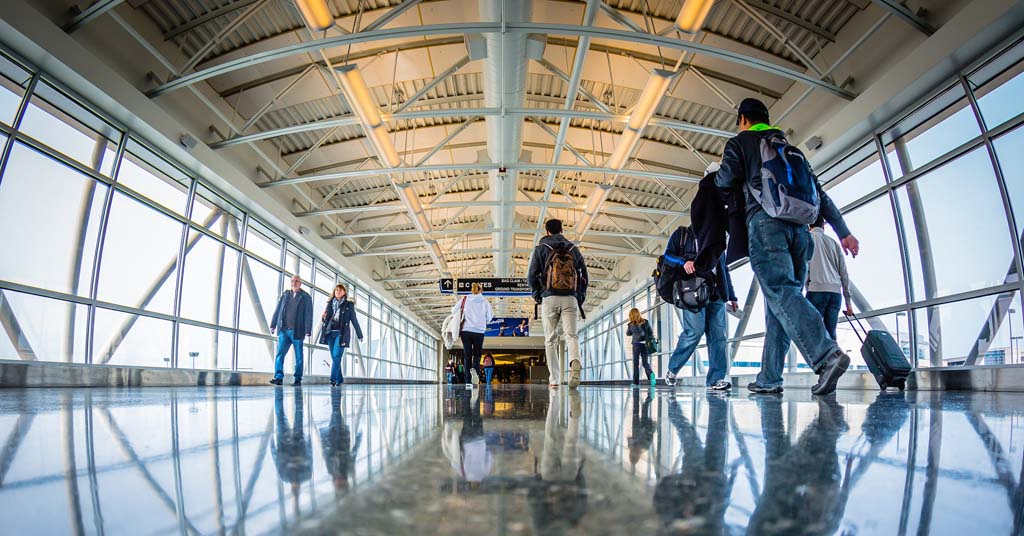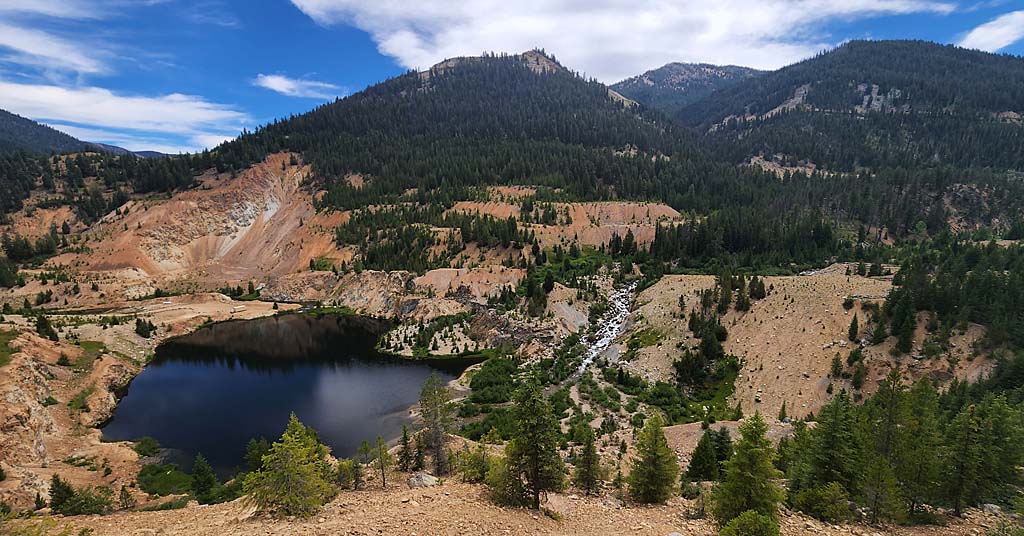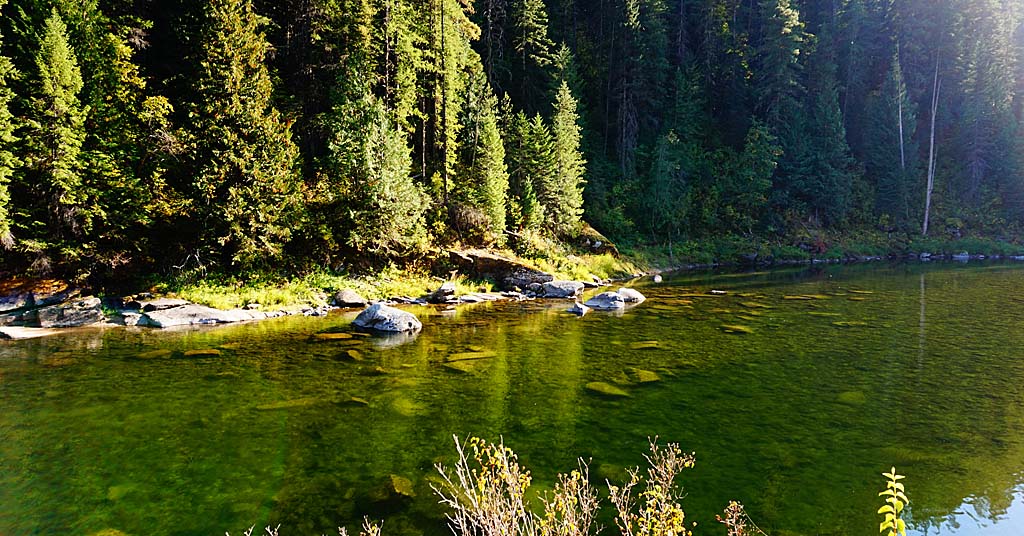After finding an injured crow the author wasn’t sure what to do. Then she connected with a network of volunteer wildlife “rehabbers”
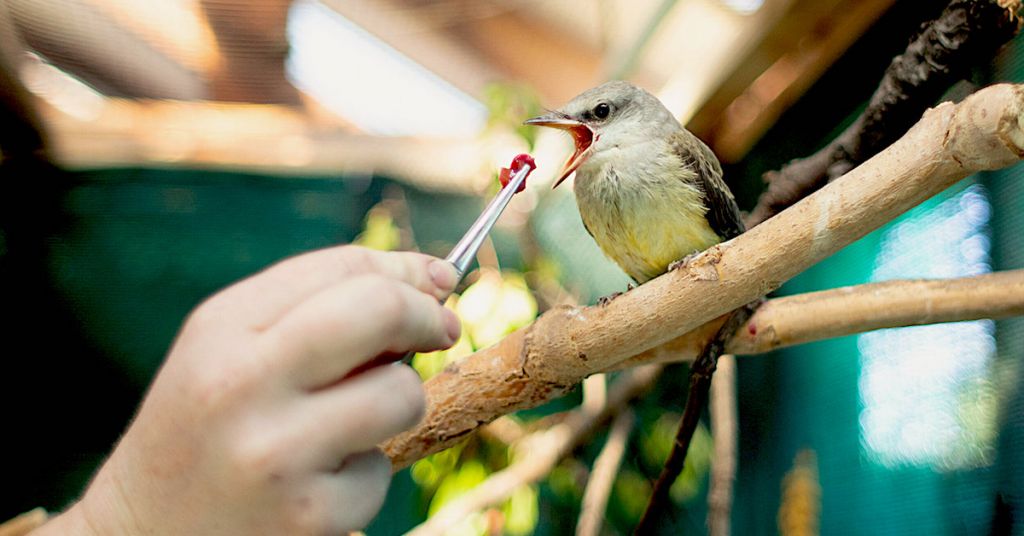
Big job: Volunteers with the Animals In Distress Association in Boise might care for a flycatcher (pictured) one day and a bear cub the next. Photo: AIDA
By Grace Hansen, Mongabay. July 26, 2022. Driving down a quiet street in Idaho Falls in the spring of 2021, I hadn’t yet noticed the wide gap between wildlife’s various needs and the slim ranks of wildlife rehabilitators.
Then I saw a crow, hobbling and off balance, on the side of the road. I pulled over and approached slowly, hoping that when I got near, the bird would fly away.
When it didn’t, I eased closer.
The glossy black feathers on its right side were disheveled, and its wing hung at an awkward angle. Its left leg dragged as it tried to hop away from me.
Without much of a plan, I put on a pair of work gloves, caught the bird, and placed it in a box in my car.
Although I didn’t know it at the time, only two licensed wildlife rehabilitators work in all of eastern Idaho. The only option I knew of was the Idaho Fish and Game Department (IDFG), so I called, and although sympathetic, they didn’t have the resources to help.
After conducting a follow-up phone interview in 2022, it’s easier to understand why.
“They [wildlife rehabilitators] are important,” said James Brower, IDFG’s regional communications manager. “At Fish and Game we manage [wildlife] populations on a populations scale, not individuals. We’re animal lovers ourselves, so when it’s possible and feasible to take wild animals to a rehab center, we will do that.”
But in the case of the crow, it wasn’t.
Nationwide network
Although the permitting process to become a wildlife rehabilitator varies from state to state, the National Wildlife Rehabilitators Association (NWRA), based in Minnesota, exists to unify and promote the occupation as a whole.
“What we do is provide support and education for those professionals doing wildlife rehabilitation,” said NWRA executive director Molly Gezella-Baranczyk. “Working with federal and state agencies to liaise between what wildlife rehabilitators are experiencing and what the regulators need, [we] make sure both sides understand each other and can work together.”
The NWRA writes its own standards, then works with regulators to ensure each party’s needs are being met.
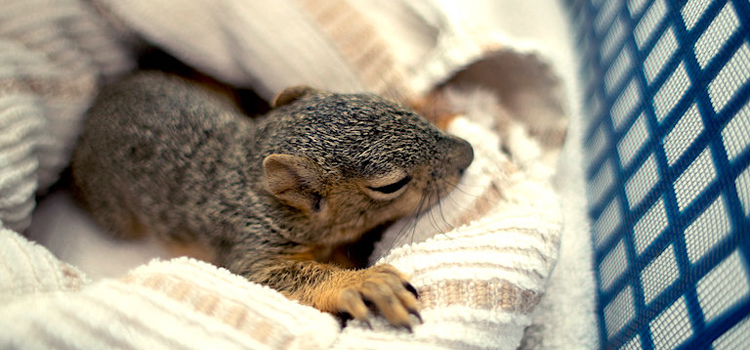
On the mend: Baby squirrel in the care of Animals In Distress Association in Boise. Photo: AIDA
Thanks to associations like the NWRA, the availability and uniformity of wildlife rehabilitators is increasing.
About 1,610 U.S. organizations or individuals are registered members.
“There’s so many layers of this profession,” Gezella-Baranczyk said. “They have people who work directly at centers, they have people who do animal care, they have people who do public education about animals, they have veterinary professionals who layer in there as well … you can get really involved in your picture of what’s happening, but a lot of these animals move beyond their own city, county and state lines. So, there’s a lot of ways that this community has a lot of different working parts that you can get involved with.”
For me, with an injured bird in the back of my car, those working parts weren’t immediately visible.
After several fruitless phone calls, I discovered the closest available help was at the Wildlife Rehabilitation Center of Northern Utah in Ogden, Utah—two and a half hours away from where I sat parked and slightly panicked about the sudden sense of duty I felt to the unlucky crow.
When I called and explained my situation, though, I realized immediately the trip would be worth it.
Staff at the center offered to wait until I arrived, even though it would be well past their usual business hours. They reassured me they’d handled similar situations before.
They were prepared.
Idaho efforts
In the dusty foothills of the Boise Mountains, the Animals in Distress Association (AIDA), also known as the Ruth Melichar Bird Center, looks more like a barn than a clinic, with wide, red siding and white-trimmed windows.
Among the many crates, enclosures and paddocks spread across the property, dozens of volunteers work toward a single goal: rescuing injured or abandoned baby animals.
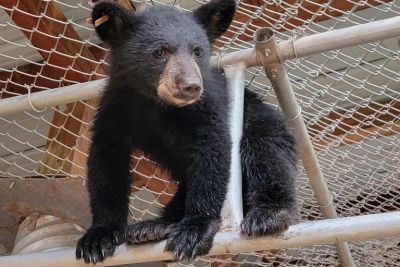
Orphaned: Black bear cub rescued by Idaho Black Bear Rehab. Photo: IBBR
AIDA is one of only 25 rehabilitation programs in a state with more than 300 animal species.
Although it’s difficult to determine exactly how many animals get injured each year, according to the U.S. Federal Highway Administration, the average number of animal-related vehicle accidents each year sits at around 300,000. This doesn’t include accidents in which the animal died or was injured but the car wasn’t impacted badly enough to justify an insurance filing.
Since it opened in 1987, AIDA has been rescuing and rehabilitating an average of 3,000 animals each year.
Each animal saved takes concentrated effort and many hours of work.
A volunteer named Montgomery, working with wildlife rehabilitator Brenda Sherburn LaBelle, realized just how much work when they rescued two baby hummingbirds.
“When you first see them, they hatch out of eggs the size of navy beans, and they’re only the size of bumblebees … they just looked like little bubbles of need,” Montgomery said on a Mongabay podcast. “To allow them to live we had to do what seemed to be this horrible thing.
“We had a syringe, and we had to stick the syringe down their gaping throats. The syringe looked like it was the size of the Empire State Building. It was so scary putting those down the throats of these tiny little infants.”
The story of the baby hummingbirds was added to a long list.
AIDA Director Jennifer Rockwell recently got a call about baby screech owls trapped in a couple’s home. Michelle Rice, a squirrel specialist, discovered three baby squirrels that had fallen out of a tree. A nest of baby woodpeckers was delivered to the center when their tree got cut down. When a mother western kingbird died after flying into a window, her five hatchlings were raised by the center.
The stories go on and on: some end with releases back to the wild, others animals end up in sanctuaries or zoos, while some wildlife are unable to be saved and must be euthanized.
Crow rescue
When I dropped the crow off at the Wildlife Rehabilitation Center of northern Utah, the staff informed me the situation was dire. Not only did the crow have a broken wing, it had a fractured leg. The bird would need surgery, and then, if it survived, months of recovery time.
I was told me to call in 72 hours for an update.
I hoped as I drove home that the crow would pull through.
The sense of connection I felt with a bird whose life I happened into for an afternoon startled me. I didn’t understand it then, but the more I learn about wildlife rehabilitation, the more I begin to.
As Montgomery explained, when she recalled finally being able to release her baby hummingbirds into the wild, “To be able to let someone loose like that, someone with this glittering beauty to take on these herculean tasks, someone you met in their most vulnerable state, that is such a magnificent achievement to have even a tiny hand in that. And that makes you feel like you too are a piece of the sky.”
I called Ogden three days later, and then every week after that for months.
The crow lived.
Maybe someday he’ll even be able to return to the skies.
And if he does, whatever part of me that he captured that day will be up there with him.
If you find an injured animal, the Humane Society of the United States advises calling a wildlife rehabilitator before you interact with the animal. Its website provides a state-by-state breakdown of organizations available to help.
Columbia Insight is publishing this story with permission from its partners at Mongabay. You can find the full version of this story here.




